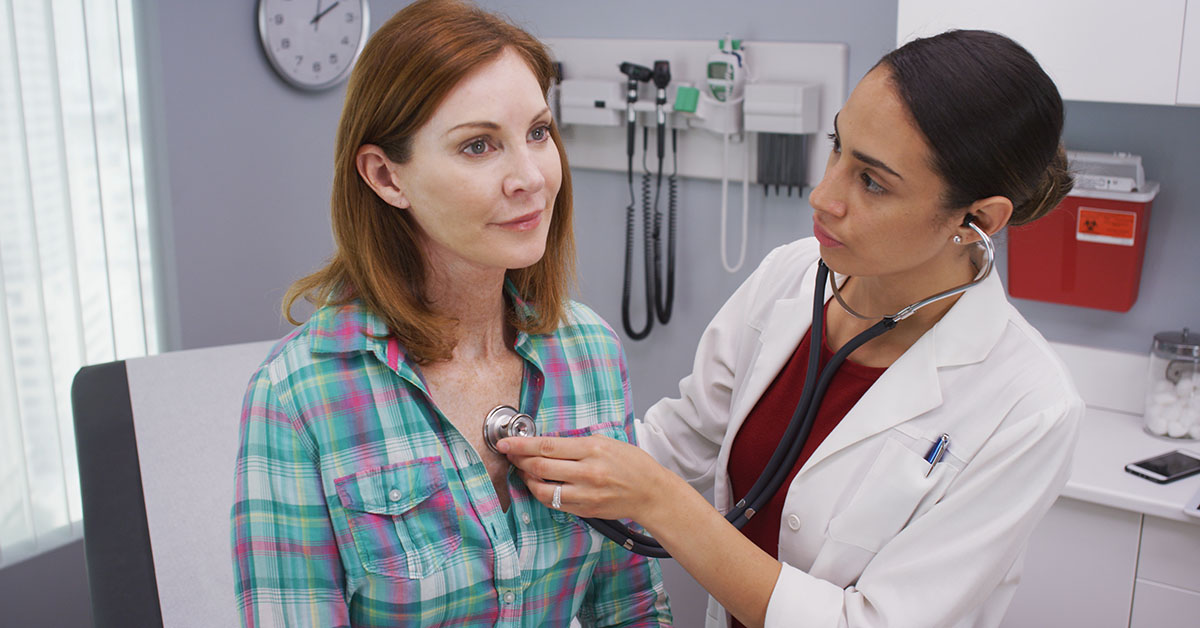For teens and young girls just starting their periods, the different options and information available may feel overwhelming. But managing your period and finding the right product for you is easier than ever with how many products are out there, from tried and true options to newer innovations. To help you navigate the various menstrual products on the pharmacy shelves, we’ve compiled a guide to explain everything from feminine hygiene products to remedies for menstrual discomfort.
Menstrual Products
The following menstrual products are designed to absorb menstrual blood so that you can go about your day without worrying about leaks or stains on clothing.
Pads
Pads are small patches made of absorbent material that adheres to underwear. Pads are available in many different sizes and levels of absorbency to align with how heavy or light your flow is during your period. You may also find pads with wings, the material on the sides that folds over the edges of underwear to provide extra protection.
With the many different sizes and absorbency options available, it may take some time to find the right pad for you. You should use a pad that is both comfortable and provides reliable protection. Reusable pads are also available as an eco-friendly menstrual product option.
Tampons
Made of absorbent material and compressed into a small tube, tampons are inserted into the vagina to collect menstrual blood. Like pads, tampons are available in varying levels of absorbency for heavy versus light days. Tampons are convenient and comfortable, and while they may seem intimidating at first, are easy to use.
Most tampons come packaged with an applicator that makes it easy to insert. If it’s your first time using a tampon, you may want to use a handheld mirror as a visual guide. After 3 to 4 hours, use the string to pull the tampon out. Tampons can clog toilets and pipes, so wrap the tampon in toilet paper and dispose of it in the trash instead of flushing.
You should not leave a tampon in for more than 3 to 4 hours. Leaving a tampon in for too long can put you at risk of developing Toxic Shock Syndrome (TSS), a rare but very dangerous bacterial infection.
Menstrual Cups
Menstrual cups are reusable cups, typically made of silicone, that are placed in the vagina to collect blood. The funnel-shaped cups can hold more blood than alternative options, and depending on how heavy or light your period, you can wear a menstrual cup for 6 to 12 hours. Once removed, the cup can be emptied, washed and wiped, and re-inserted.
Many women use menstrual cups as an environmentally-friendly alternative to disposable products like tampons or non-reusable pads. Other benefits of menstrual cups include that they are affordable and safe.
Period Panties
Period panties are underwear designed to absorb menstrual blood. Some period panties are designed as an added layer of protection for products like pads or menstrual cups, while some are designed as an alternative to those products. Many women use period panties as a solution for unpredictable spotting.
Period panties are another environmentally-friendly option compared to disposable menstrual products. If you decide to use period panties, be sure to follow instructions for care and cleaning.
Products for Menstrual Discomfort
Periods can sometimes result in pain or discomfort. Menstrual cramps, which are throbbing or cramping pain in the lower abdomen, are the most common form of period-related pain. Others include lower back pain, nausea, and headaches. The following menstrual products may help alleviate pain associated with menstruation.
- Midol: Midol is an over-the-counter pain reliever that helps reduce pain and discomfort caused by period cramps. Ibuprofen and other over-the-counter pain relievers can also ease discomfort.
- Heat Therapy: Heat is a great way to reduce aches and pains associated with menstruation, from cramps to lower back pain. A heating pad, heat therapy patches that connect to the skin, or even a warm bath have been known to ease menstrual pain.
- Electrical Nerve Stimulator: Many women have found that electric stimulation helps alleviate menstrual pain, which involves using a small device that delivers an electric current through adhesive patches on the skin.
- Hormonal birth control: Different forms of oral birth control can help regulate periods and reduce the severity of menstrual cramps. Talk to your doctor or gynecologist to determine if hormonal birth control is a good option for you.
- Stress relief: Stress can increase the severity of menstrual cramps and the pain associated with them. Use your favorite stress relief products or practices to put your mind and body at ease.
Contact Green Valley OB/GYN
Green Valley OB/GYN has been providing the highest quality of obstetric and gynecological care for over 70 years. If you have questions about your period or any of these menstrual products, reach out to Green Valley OB/GYN today. Call us at (336) 378-1110 to schedule an appointment.


